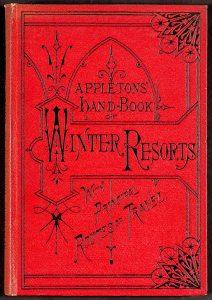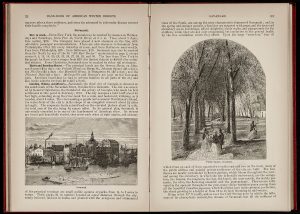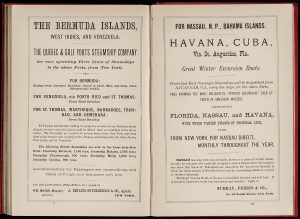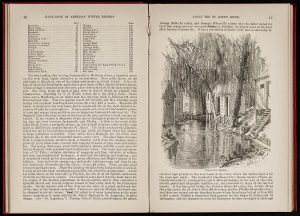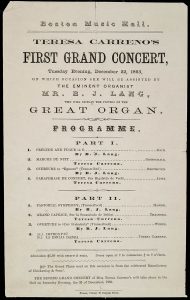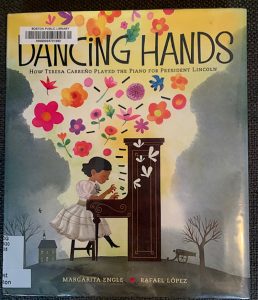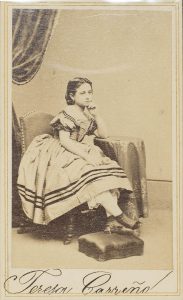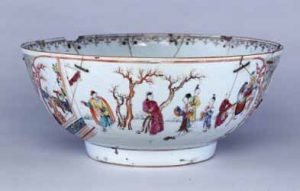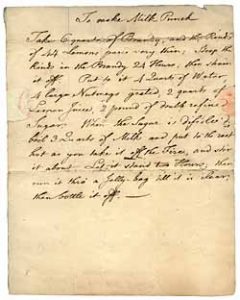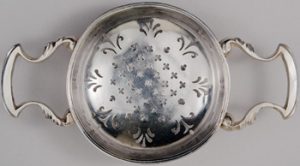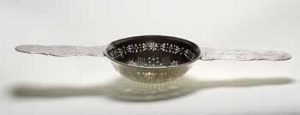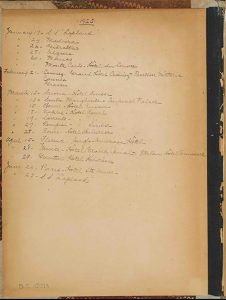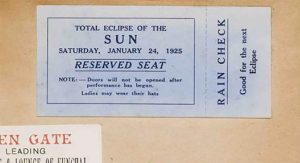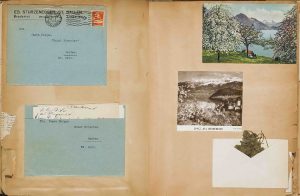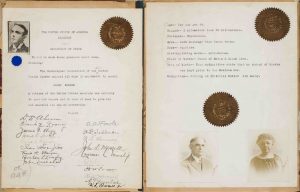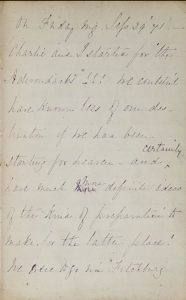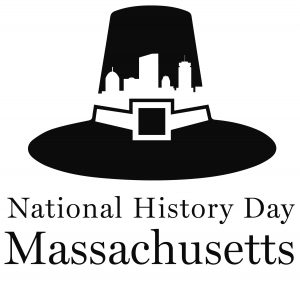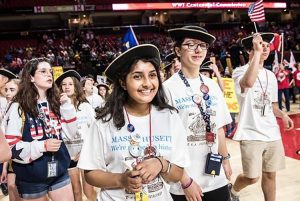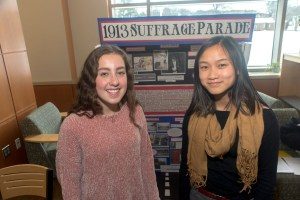By Viv Williams, Library Assistant

Happy New Year, Readers!
As 2020 crawls to a close, I’m sure many people will be keeping with the tradition of preparing some hope or goal they intend to carry with them into the coming year while reflecting on the lasting impacts of the year departing. I can imagine after the very unusual toll 2020 has taken on all of us, a few more distinctive resolutions and reflections will be made alongside the typical list of starting a new fitness journey, getting organized, or learning a new skill or hobby. 2020 has been particularly dark for many of us, but with a new calendar year comes new hope. When seeking hope amidst troubled times, I believe much can be gained from remembering that few struggles in this world are unprecedented. And so, I can think of a no more appropriate endeavor than to invoke the ghosts of New Year’s past by diving into our collections and observing the reflections and resolutions of previous years. Come in, and know our collections better, Readers! (Figuratively of course, we are still closed to the public for now.)
Our first New Year’s reflection comes from the Everett-Noble papers which include the diary of Alexander Hill Everett, brother to the famous Massachusetts orator, Edward Everett. In December of 1809, Alexander finds himself in Russia serving as secretary to John Quincy Adams. He writes:
This day brings the year to a close. On casting back a glance, I find it marked for me with events that will probably fix, fortunately or otherwise, the color of my life. As a matter of naked prudence, perhaps it was rather questionable whether I ought to harken such a step as to leave my country for so long a time and sacrifice for the present, the study of a profession. Hitherto, however, instead of repenting I have applauded myself more and more: I have placed myself in a way of distinction; it will only be unfortunate for me if my abilities are not adequate to support the situation.
Reader, have you made any “questionable” decisions this year or maybe taken a great risk? I can ascertain from the rest of this collection that Alexander’s “questionable” decision panned out nicely for him. He continued in the field of foreign diplomacy until his death. So, perhaps there is hope for you. Only time will tell. Keep going.
We move on to our next New Year’s reflection which I can only describe as a big “2020 Mood,” though it was actually written in 1816 which New England historians might recognize as “the year without a summer.” After spending the year in lockdown, I find that phrase to be all too relatable. This excerpt comes from the diary of Hannah Dawes Newcomb, a resident of Keene, N.H. She writes:
The New Year opens upon me with my feelings gloomily impressed. May God grant me strength of mind to endure his chastening with suitable firmness and humility & may it be consistent with his decrees to remove the difficulties which now await me.
Not all resolutions can be cheerful. While we can all be grateful to make it to another year, it can be hard to be hopeful when the “difficulties” of the previous year have no determined end in sight. May we all find the strength to push forward in hopes of happier times.
Many people this year have been forced apart from family and other loved ones. This is of course a burden that is relatable across time. If you find yourself in this predicament, perhaps you will find your own New Year’s hopes reflected in this 1862 letter from Richard Cary to his wife:
My dear wife,
Happy New Year to you & may this day twelve months see us once more together & settled down to a regular hum-drum Darby & Joan which sort of life I look upon now as the most desirable possible existence & may the country be quiet united & contented as we shall be if my hopes might come true.
At the time this letter was written, Richard Cary was serving as a captain in the 2nd Massachusetts Infantry Regiment, Company G. I take no pleasure in telling you that his hopes did not come true. He was killed at the Battle of Cedar Mountain at the age of 26. Sobering, I know, but more than 300,000 people were permanently separated from their family members in the United States this year, many of them just as young. In this New Year, may we hold our loved ones closer and be so much kinder to one another.
Each of us has had to endure so much this year. But we did just that–endured–and we did it together as many have before us. Thank you for continuing to stand by us, the MHS, and each other as we’ve all learned to adapt and survive. My wish for the New Year is that we would all experience fewer moments of pure survival and more opportunities to thrive. I leave you with this last brief but all-encompassing New Year’s entry from the diary of Andrew Oliver who said simply, “Thus ends the year 1953 with its ups and downs!”
Happy New Year!


